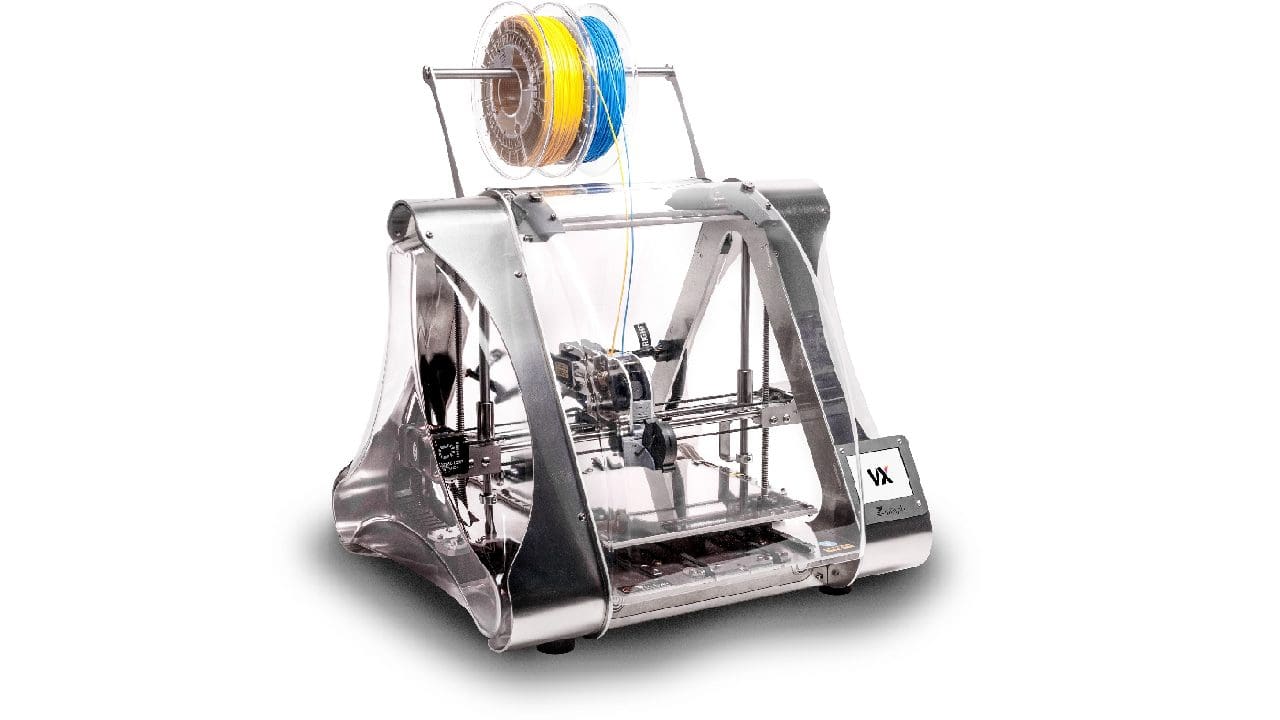The most basic requirement is to have a properly levelled print bed.
If youre unlucky the metal nozzle could scratch or otherwise damage it.
This issue can also affect thinner coverings like a sheet of paper or a diffraction grating.

The gap between the print bed and nozzle is generally very small.
With most materials its intended to be roughly the thickness of a sheet of paper above the print bed.
Relevelling our print bed can be a slow process.
Especially if you just did so before carefully placing a sheet of paper on top.
The Z-offset setting literally tells your printer to adjust its Z-axis position by the offset value.
Your print head should default to a home position a little over one layer height above the print bed.
The Z-offset setting can also be used to significantly adjust the height of the first layer.
This allows you to print on top of existing prints.
Unfortunately, doing so will require the top of the existing model to be flat.
You will want to measure the models height with callipers beforehand to get a precise and accurate measurement.
This can be a good way to include an item such as a magnet inside a model.
Have you got any other cool uses for Z-offset?
Let us know down below.